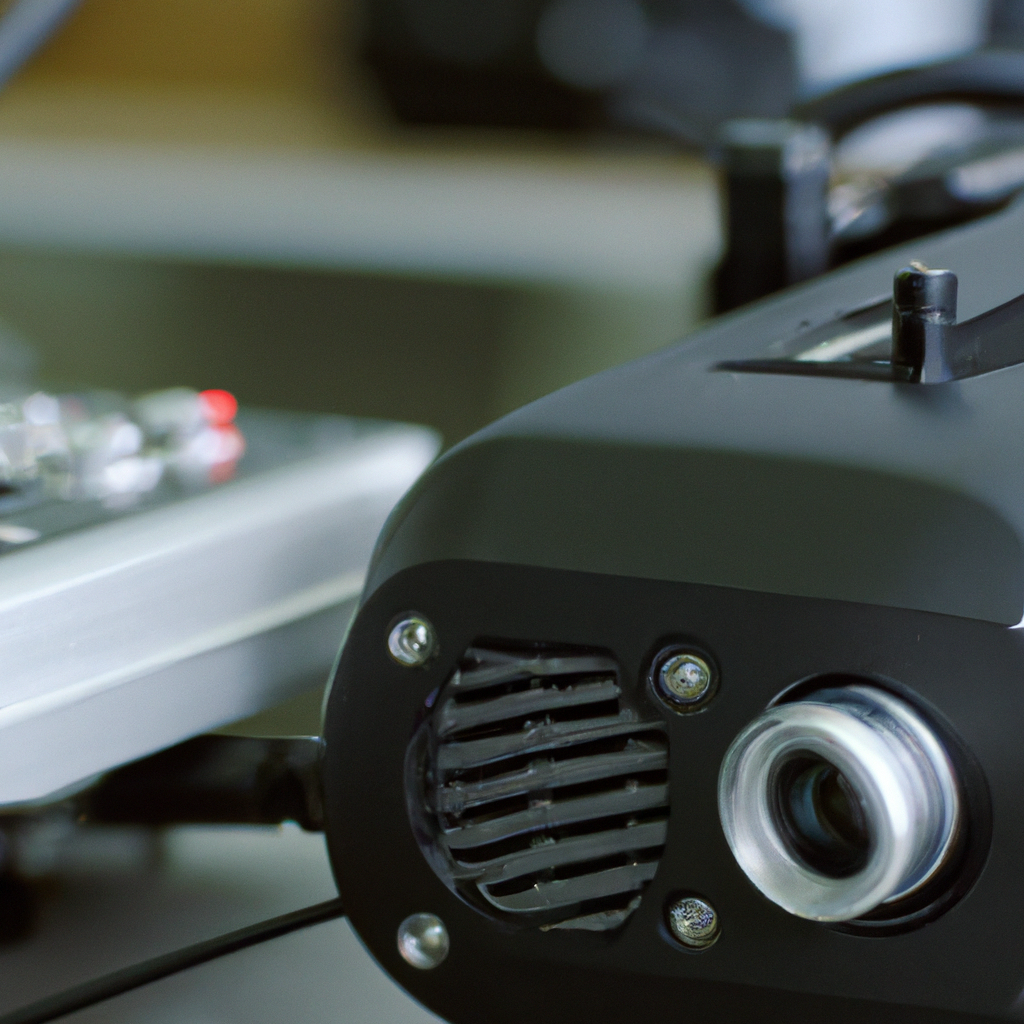Gas detectors are essential safety equipment that helps to detect and monitor the presence of harmful gases in the surrounding environment. They are designed to provide an early warning system that alerts people of the presence of hazardous gases, such as carbon monoxide, hydrogen sulfide, and combustible gases. Gas detectors come in different types, including portable gas detectors and fixed gas detectors, and use different gas sensing technologies to detect gas leaks. In this article, we will explore the different types of gas detectors, gas detection technology, and gas sensor technology and how they work to ensure the safety of people in different environments.
Types of Gas Detectors
Gas detectors can be classified into two main types: portable gas detectors and fixed gas detectors. Portable gas detectors are designed to be carried around by an individual, and they are commonly used in hazardous workplaces, such as mines, oil and gas plants, and chemical plants. Fixed gas detectors, on the other hand, are designed to be installed in a fixed location and are used to continuously monitor the presence of gas in an environment. Fixed gas detectors are commonly used in industrial and commercial buildings, such as factories and warehouses, where gas leaks are likely to occur.
Gas Detection Technology
Gas detection technology is the science behind the detection of gas leaks. There are various gas detection technologies, including catalytic sensors, infrared sensors, ultrasonic sensors, and electrochemical sensors. Each of these sensors works differently and is suited for detecting different types of gases.
Catalytic Sensors
Catalytic sensors are the most commonly used gas sensing technology in portable gas detectors. They work by detecting combustible gases, such as methane, propane, and hydrogen. Catalytic sensors contain a platinum wire coil that heats up when exposed to combustible gases. The heat produced by the platinum wire triggers a reaction that generates an electrical signal, which is used to trigger an alarm.
Infrared Sensors
Infrared sensors are used in fixed gas detectors and are suited for detecting carbon dioxide, methane, and hydrocarbons. Infrared sensors work by measuring the absorption of infrared radiation by gas molecules. When gas molecules absorb infrared radiation, they vibrate, and the energy produced by the vibration is measured by the sensor. The amount of energy produced is proportional to the concentration of gas in the surrounding environment.
Ultrasonic Sensors
Ultrasonic sensors are used to detect gas leaks in pressurized systems. Ultrasonic sensors work by emitting high-frequency sound waves that bounce off gas molecules and are then detected by the sensor. The amount of sound reflected back to the sensor is proportional to the concentration of gas in the system.
Electrochemical Sensors
Electrochemical sensors are used to detect toxic gases, such as carbon monoxide, chlorine, and hydrogen sulfide. Electrochemical sensors work by converting gas molecules into an electrical current that is measured by the sensor. The amount of current produced is proportional to the concentration of gas in the surrounding environment.
Gas Sensor Technology
Gas sensor technology is the science behind the detection of gas molecules. There are various gas sensor technologies, including metal oxide sensors, semiconducting sensors, and piezoelectric sensors. Each of these sensors works differently and is suited for detecting different types of gases.
Metal Oxide Sensors
Metal oxide sensors are used to detect toxic gases, such as carbon monoxide, nitrogen dioxide, and sulfur dioxide. Metal oxide sensors work by measuring the change in conductivity of a metal oxide film when exposed to gas molecules. The more gas molecules present, the greater the change in conductivity.
Semiconducting Sensors
Semiconducting sensors are used to detect combustible gases, such as methane, propane, and butane. Semiconducting sensors work by measuring the change in resistance of a semiconductor material when exposed to gas molecules. The greater the concentration of gas, the greater the change in resistance.
Piezoelectric Sensors
Piezoelectric sensors are used to detect pressure changes resulting from gas leaks. Piezoelectric sensors work by measuring the change in voltage produced by a piezoelectric crystal when exposed to pressure changes. The greater the pressure change, the greater the change in voltage.
Conclusion
Gas detectors are essential safety equipment that helps to detect and monitor the presence of harmful gases in the surrounding environment. They come in different types, including portable gas detectors and fixed gas detectors, and use different gas sensing technologies to detect gas leaks. The choice of gas detection technology and gas sensor technology depends on the type of gas to be detected and the environment in which the gas detector will be used. With the right gas detection system in place, people can work and live in safety, knowing that they are protected from the dangers of gas leaks.







